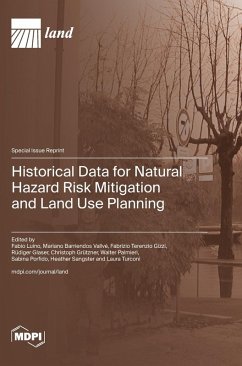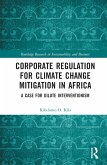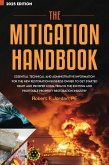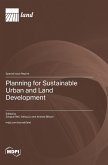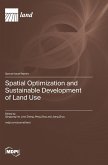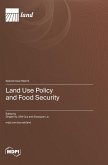Globally, natural hazards present a serious and critical threat to life, as a result of both endogenous and exogenous processes. Natural hazards (geological, geomorphological, hydrological, and meteorological) quickly present a risk to individuals, communities, and societies when they are threatened with disruption or losses, with the impact being a function of their ability to cope and respond. Historical research is a key tool in determining the appropriate strategies for the identification of risk scenarios. Many parts of the world suffer from a dearth of instrumental information and data, as such qualitative accounts and records provide a crucial source of information in understanding the risks presented. The significance of long records is particularly pertinent when considering extremes, and such knowledge is crucial for better understanding the risks presented and in undertaking targeted mitigation strategies to reduce the socio-economic consequences and physical impact on private properties, strategic buildings, infrastructures, and cultural heritage.
Bitte wählen Sie Ihr Anliegen aus.
Rechnungen
Retourenschein anfordern
Bestellstatus
Storno

